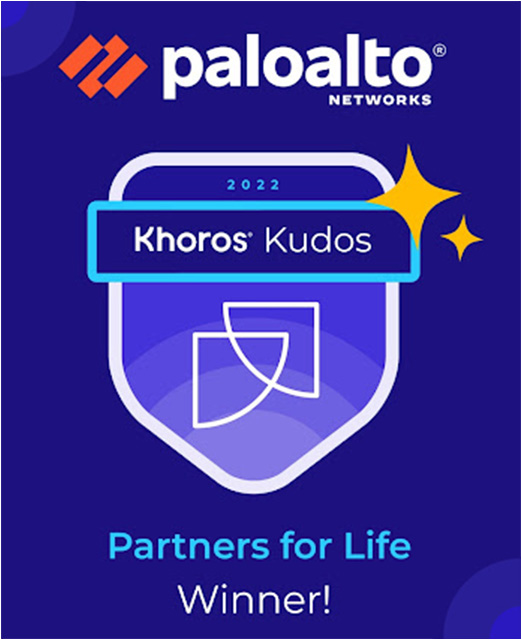- Access exclusive content
- Connect with peers
- Share your expertise
- Find support resources
Click Preferences to customize your cookie settings.
Unlock your full community experience!
xql query for moved directory or folder
- LIVEcommunity
- Discussions
- Security Operations
- Cortex XDR Discussions
- xql query for moved directory or folder
- Subscribe to RSS Feed
- Mark Topic as New
- Mark Topic as Read
- Float this Topic for Current User
- Printer Friendly Page
xql query for moved directory or folder
- Mark as New
- Subscribe to RSS Feed
- Permalink
05-28-2025 12:13 PM
There is a canned search for files but what about folders?
We are trying to find out who is moving or deleting a folder, hoping Cortex has something to help. Thx
- Mark as New
- Subscribe to RSS Feed
- Permalink
06-02-2025 12:47 AM
Hello @Joe-Oberfoell \,
The reason is, Cortex XDR agent does not collect all Windows Event Logs. It only collects specific security-relevant events as defined in the policy.
To detect events based on the folder, you can Ingest Event ID 4660 and 4663 into Cortex XDR.
Use Broker VM + Log Forwarding App
This is the most effective and supported method by Palo Alto Networks.
-
Enable Audit Policies on Endpoints
-
Enable object access auditing via GPO:
Computer Configuration → Windows Settings → Security Settings → Advanced Audit Policy Configuration → Audit Policies → Object Access → Audit File System → Success and Failure
-
-
Configure SACLs on the Folder(s)
-
Right-click the folder → Properties → Security → Advanced → Auditing → Add
-
Choose the user/group, and select "Delete", "Delete Subfolders and Files", "Write", etc.
-
This ensures events like 4663 and 4660 are logged.
-
-
Forward Logs to Cortex XDR:
-
Install Broker VM and configure the Log Forwarding App.
-
Use Windows Event Forwarding (WEF) or Winlogbeat/NXLog to forward the Security Event Log to the Broker.
-
The Broker forwards logs to the Cortex Data Lake.
-
Create a correlation rule to create detection
If you feel this has answered your query, please let us know by clicking like and on "mark this as a Solution". Thank you.
- 458 Views
- 1 replies
- 0 Likes
Show your appreciation!
Click Accept as Solution to acknowledge that the answer to your question has been provided.
The button appears next to the replies on topics you’ve started. The member who gave the solution and all future visitors to this topic will appreciate it!
These simple actions take just seconds of your time, but go a long way in showing appreciation for community members and the LIVEcommunity as a whole!
The LIVEcommunity thanks you for your participation!
- Detect user who moved a folder using XDR and XQL in Cortex XDR Discussions
- Changing cortex installation directory in Linux in Cortex XDR Discussions
- Cortex XDR PoC: Monitoring Malicious Chrome Extensions in Cortex XDR Discussions
- DTRH: CIS Benchmarking - 3rd Party Data Ingestion | Data Parsing | Widgets & Dashboards in Cortex XDR Discussions



